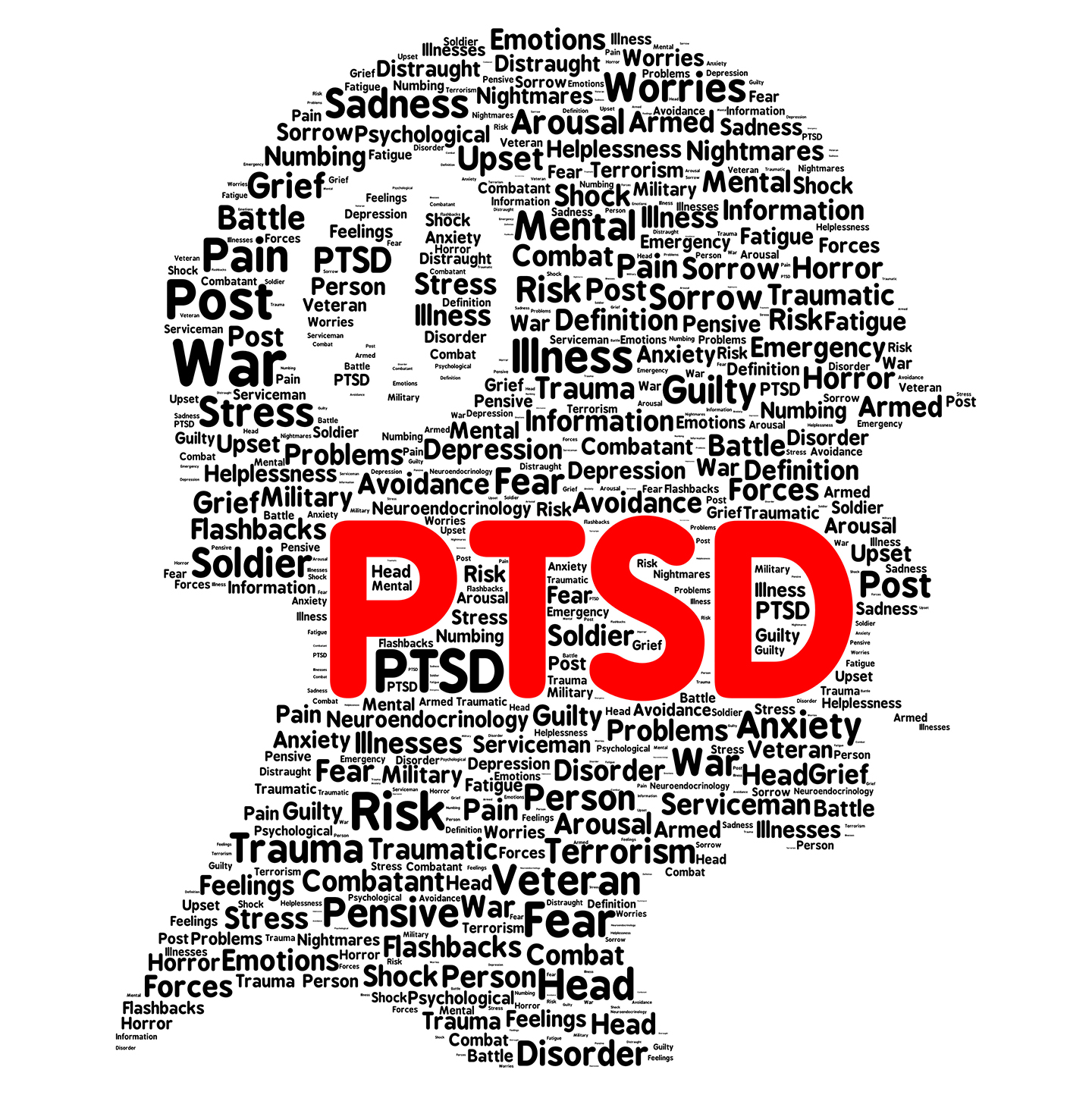Post-Traumatic Stress
Post-traumatic stress is a medical condition that affects a person who has had a difficult experience. A more clear understanding of its symptoms will greatly help in the recovery process.

Symptoms in Children
In children post-traumatic stress comes about quite differently than in adults. Adults might be able to identify cause-and-effect after sometime, but children feel it in their bodies yet don’t talk about it. They don’t express it themselves even though they notice it when asked. The signs can be very different in children crying, being irritable, not being able to concentrate and may be accompanied by some behavior problems: throwing a tantrum or having a meltdown. These signs could also be reactions to previous experiences of trauma or extreme stress.
There is a concept, which is talked about in children and also in adults, in terms of trauma called the “window of tolerance.” Each of us have a window of tolerance, that is, inside that window we behave in ways that are optimal. We are kind, we’re respectful, we can pay attention, learn, enjoy and experience happiness. When we are pushed outside the window of tolerance, because of a stressor, we behave in ways that are no longer optimal. We might be angry or aggressive. The idea of a window of tolerance is especially important when it comes to children.
There can be many additional different signs. Children can have nightmares and there might be a little bit of regression—some child-like behaviors might come back—like wetting the bed, and increased attachment to parents, which is unusual for children of 7-8 years of age. Over time things somewhat go away but it becomes concerning when it lasts for a long time. Right after an unpleasant event it is normal to feel all this—it’s a normal reaction to an abnormal situation! To be very stressed after something like an earthquake is normal. But if it still continues after a year and the child or the adult is having difficulties coping with it, that’s when it would be good to seek professional help.
Symptoms in Adults
In adults, it would be experiencing flashbacks which usually happens as a result of some trigger. Suppose there was on a road accident, and they are going on that road again after a certain time. Traveling though that road might cause them to have a flashback of the accident. Sometimes the trigger can be even smaller than that, like again seeing the slogan that was also written on the bus that hit them. When they see another bus with the same slogan they might have a flashback. It results in a series of physical reaction related to stress-anxiety: increasing heartbeat, faster breathing, and tightness of the chest.
Sometimes you might have nightmares and flashbacks for the first few months or the first few weeks and they don’t happen anymore. But you might now have a generalized anxiety reaction—things that did not stress you before begin to cause stress. Changes from the way things used to be or failed plans or even loud noises can become stressful. So depending on people different things can start to become stressful. What is important to pay attention to is the difference —‘This didn’t use to happen before I experienced the traumatic event. Now I’ve become sensitive to this! It wasn’t the case before!’ This type of new reaction is important to pay attention to as adults.
There might be other signs as well: sleeplessness, insomnia, sleeping a lot, loss of appetite or even over-eating. Any big change from how your behavior used to be before the traumatic event should be taken into consideration, especially if it lasts over a year after the event.
Recovery and Coping
One of the most important ways of coping is to go back to things that were pleasurable, even if you can only do a little bit of it. If you enjoyed music, singing or things like knitting, painting, writing, running or doing yoga, again doing something like that helps to train your body back to thinking that these are things that divert attention from other things or this makes you happy.
Diverting attention is a big part of coping, similar to playing with your child, playing video games or watching something on TV. Watching TV or playing video games is good but doing something with your hands, your body, your senses is better than passively watching something. It would be good to go back to the things that you used to do before. When a trauma occurs, the bodily reactions are so strong that we tend to become disconnected with the body, and the mind-body connection can be a bit cut-off. So it’s good to bring that back physical exercises so as to bring attention back to the body.
Doing exercises or anything that involves the full body is one of the first things you need to do. It helps to control the stress response and breathing. There is a breathing technique that can be recommended. It is called 4-7-8. You breathe in to the count of 4, hold it to the count of 7, and breathe out through your mouth to the count of 8. You have to keep counting and keep doing this. If you do sets of ten about 4-5 times a day, it helps to reduce stress reactions in the body. But if stress still persists, then it would be good to talk to a professional who might be able to help and support you in this process a little bit more.


